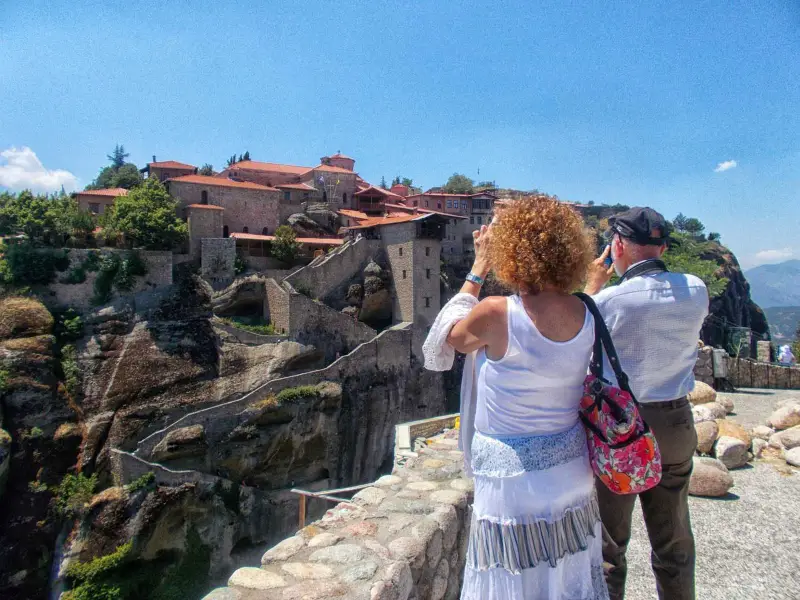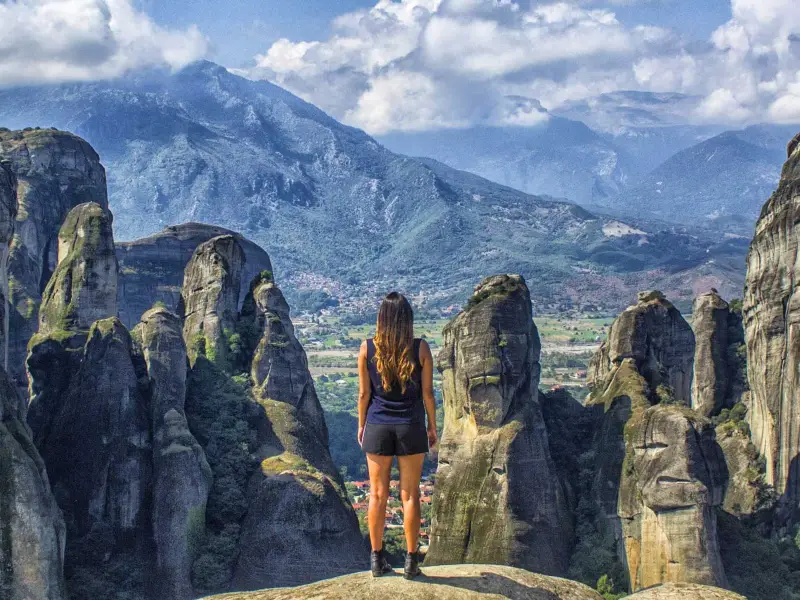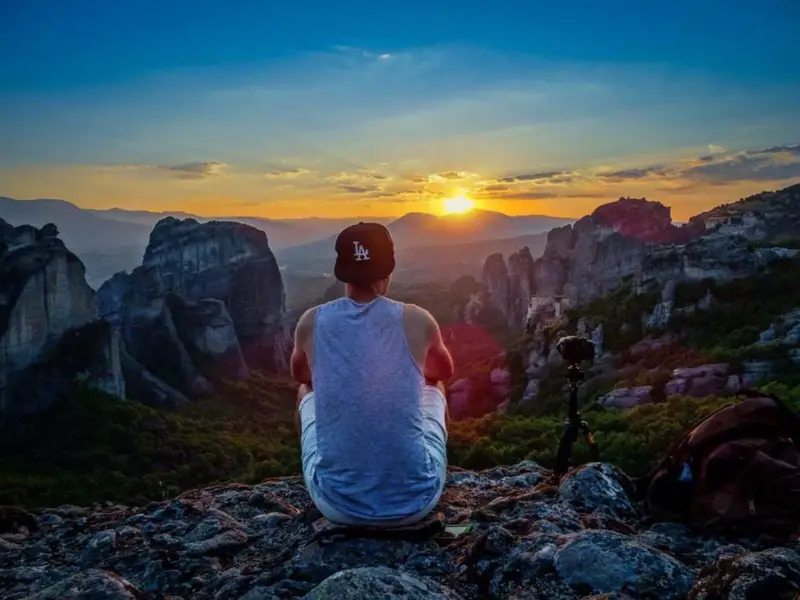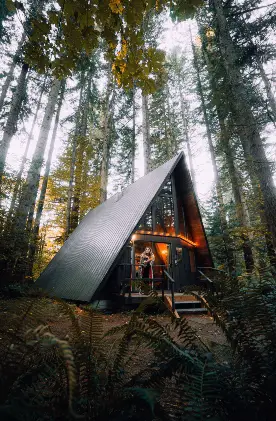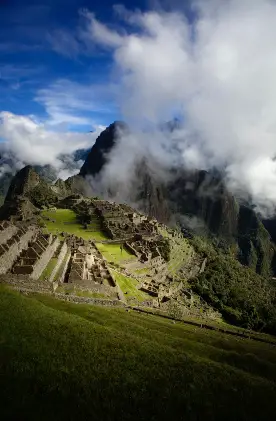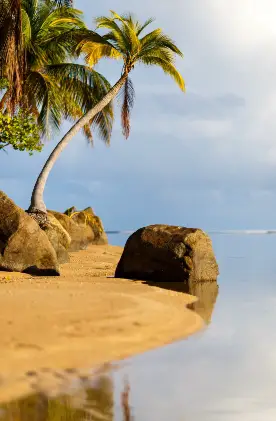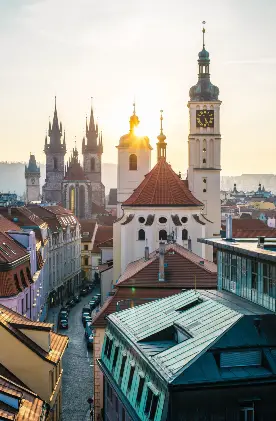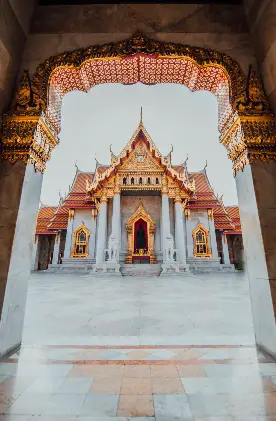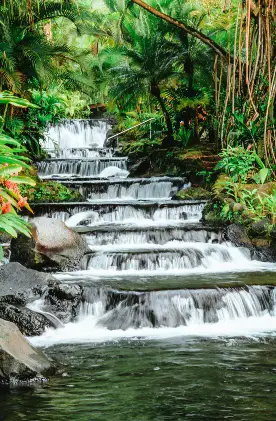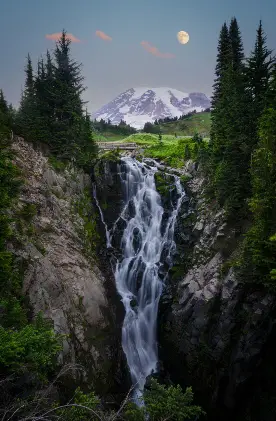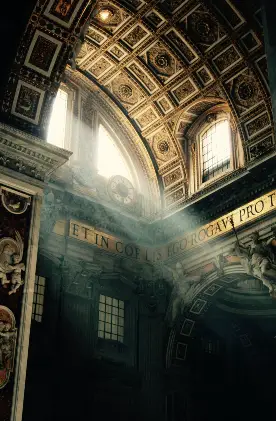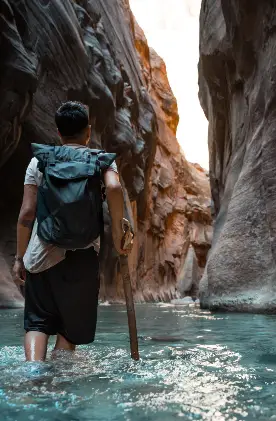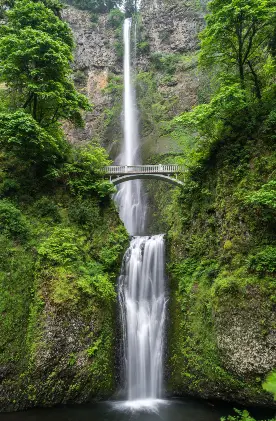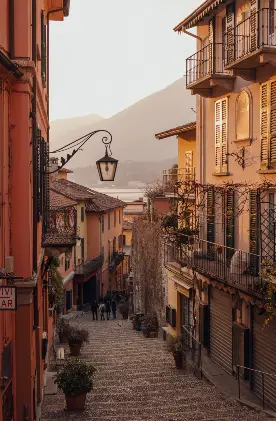No other hiking destination in Greece compares with Meteora. Home to six astonishing monasteries perched atop towering sandstone pillars and cliffs, Meteora offers a plethora of trails and views to be amazed by. In addition to marveling at the natural beauty of this UNESCO site, visitors can also learn about the rich history and religious significance of the holy places. For this reason, a hiking trip in this part of Europe is unmatched. To help you make the most of your visit, we take a look at all six of the monasteries and outline the best hikes in the area – from Great Meteoron to Holy Trinity!
Firstly, let us begin by talking about the monasteries themselves. It’s believed that hermit monks came to Meteora as far back as the 9th century to settle on the rocks. But it was in the 14th century, when the Turkish raids took place, that three famous monks took refuge here and started building the first of 20 monasteries. However, a series of conquerors and thieves caused trouble in the area after the 17th century – which led to many of the monasteries being abandoned or dismantled. Today, six remain: Great Meteoron, Varlaam, St. Stephen, Holy Trinity, Roussanou and St. Nicholas.
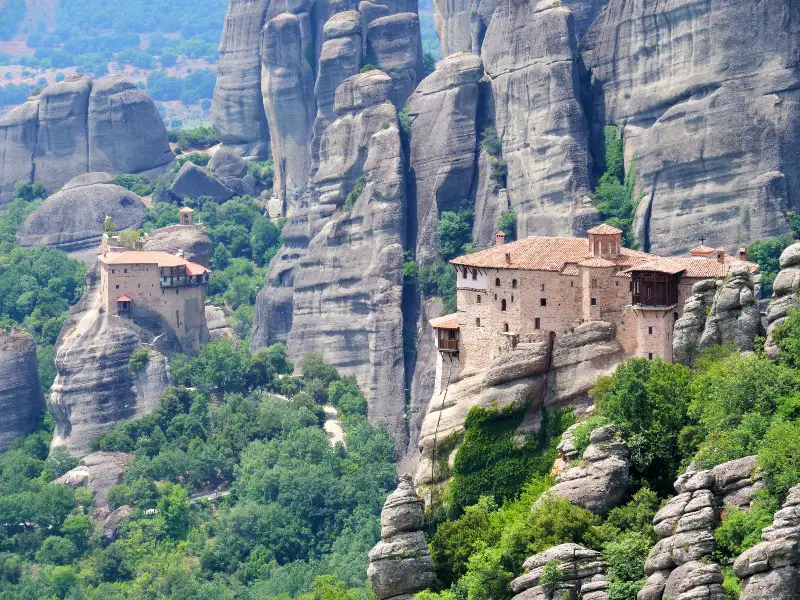

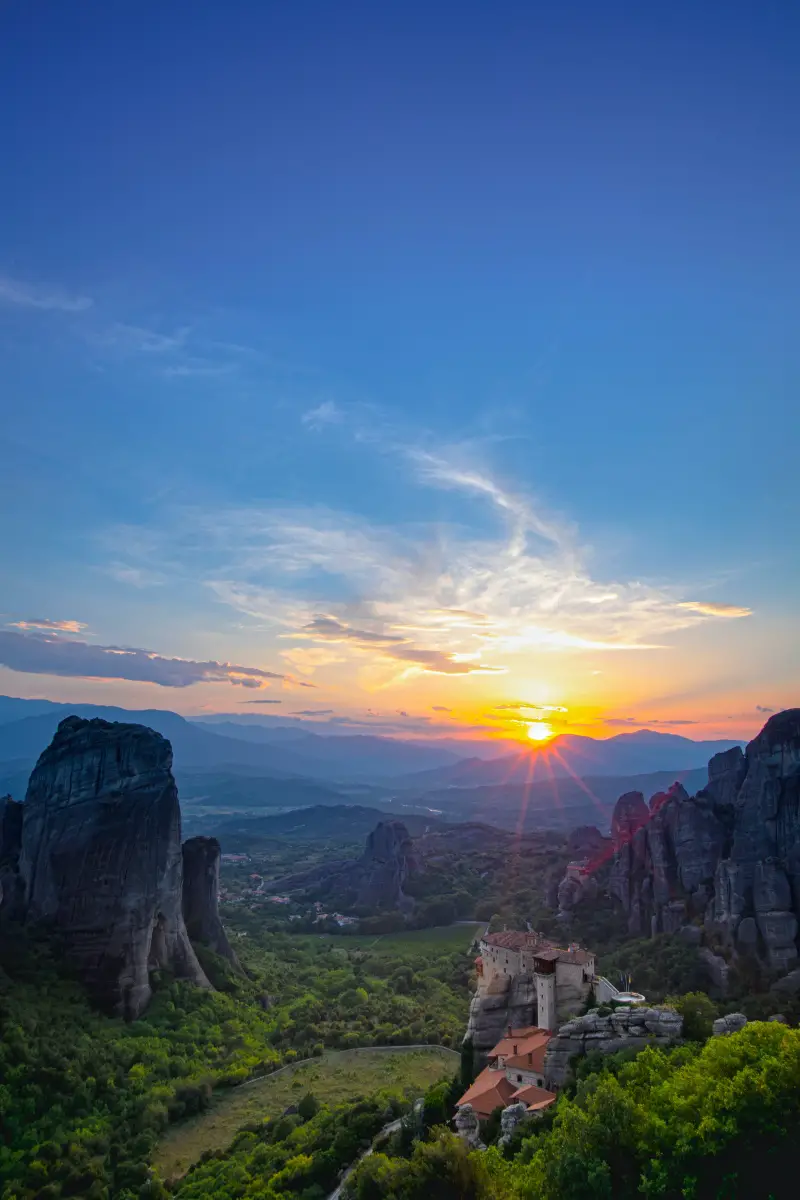
What Makes Each Meteora Monastery a Unique Hiking Spot
Holy Monastery of Great Meteoron
The largest and oldest monastery is called the Holy Monastery of Great Meteoron. It was founded in the 14th century by one of the three monks mentioned above (Saint Athanasios), with its name deriving from the word meteoro which means “suspended in the air”. St. Athanasios is celebrated as the leader of the entire monastic community in Meteora. The most imposing natural pillar was chosen for this sacred site and the views from the top, and from afar, are nothing short of spectacular! Nowadays, those who hike up here are impressed by its artifacts, chapels and frescoes.
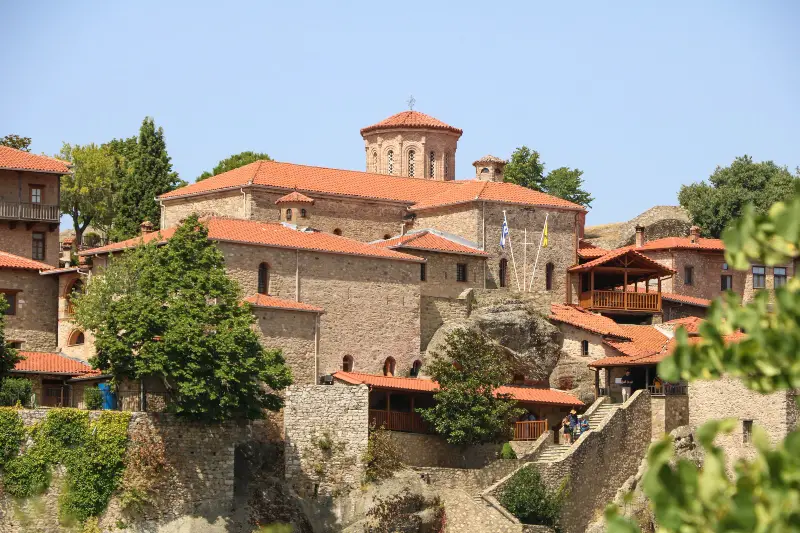
Holy Monastery of Varlaam
Varlaam is the second biggest monastery, located close to Great Meteoron, also dating back to the 14th century. It was founded by a monk named Varlaam who managed to establish a monastic community with the support of a few others. Decades after his passing the monastery was abandoned and it almost fell to ruins, but fortunately two Ioannina brothers reactivated the site and constructed a new chapel there dedicated to All Saints in the mid-16th century. These days, locals and tourists alike climb its staircase to admire the incredible views and explore the museum exhibits.
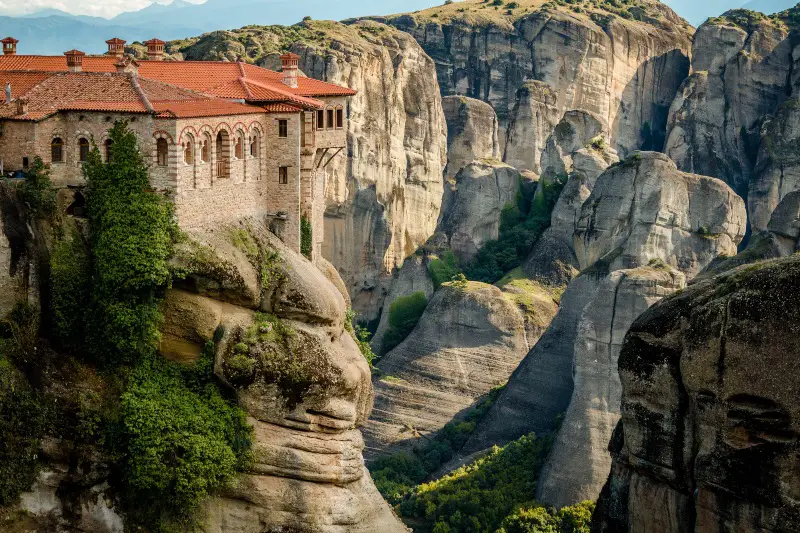
Monastery of St. Stephen
The Monastery of St. Stephen is the easiest to access because it’s located on the main road connecting Kastraki and Kalabaka. It was founded in the 15th century and is the only monastery in Meteora that can be accessed without hiking, as instead you enter via a small bridge. Everyone can enjoy a genuine Meteora experience here, even those with mobility issues. When you arrive, the views overlooking Kalabaka and the valley take your breath away! Interestingly, the old church of St. Stephan is only open two days of the year (December 27 and February 10) for the monks to use religiously.
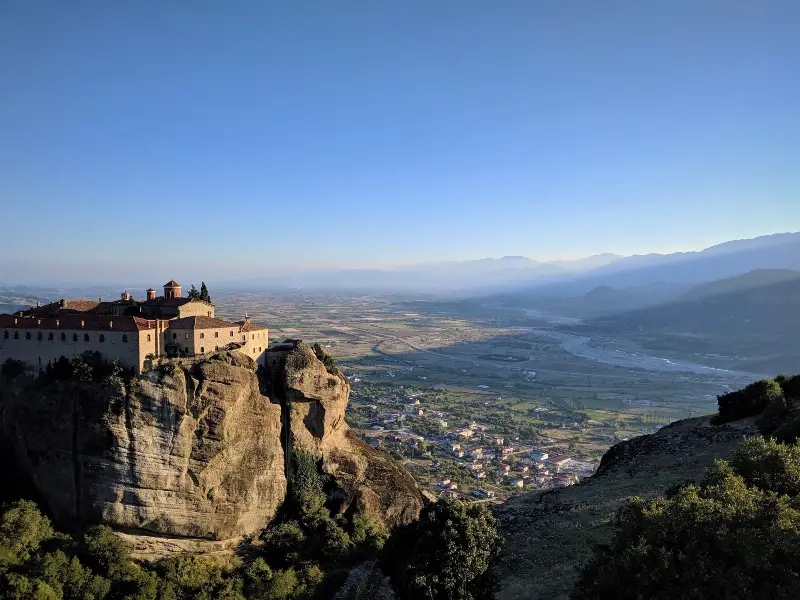
Monastery of the Holy Trinity
Holy Trinity is the most photographed monument in all of Meteora due to the 300-meter narrow rock that it sits upon precariously. Constructed in 1488 by a monk named Dometios, a church was thus erected to pay tribute to the Holy Trinity – a core Christian doctrine. It became famous in pop culture when parts of the James Bond film series were shot here, in the 1981 movie “For Your Eyes Only”. The walk is harder than some of the other monasteries but 145 steps is still doable. And the rewards are massive: panoramic views of the surrounding cliffs and Kalabaka below!
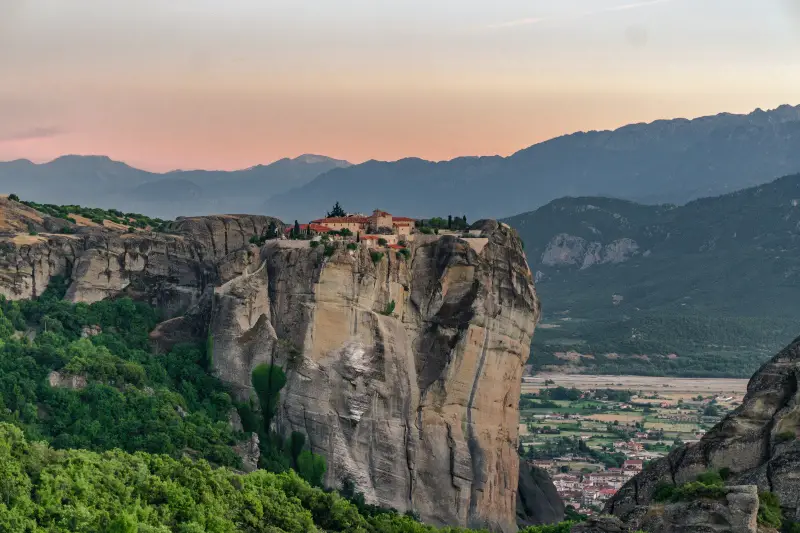
Holy Monastery of Saint Nicholas Anapafsas
Located on the way into Meteora, just a kilometer outside of Kastraki, lies the tranquil holy site of St. Nicholas Anapafsas. The term “anapafsas” means “rest” in Greek. This relates to the position of the monastery as it was used by pilgrims and visitors as a resting point, before they headed to the other monasteries. Nestled atop a 80-meter high rock and surrounded by beautiful landscapes, St. Nicholas provides fantastic photo-ops as well as some fascinating religious artworks. In fact, the frescoes inside the little church at the top are regarded as highly valuable post-Byzantine paintings.
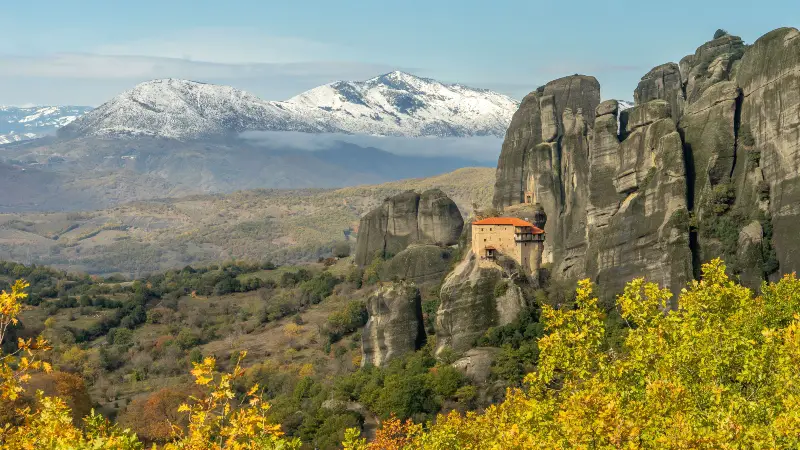
Holy Monastery of Roussanou
Another photogenic monastery to be checked out in Meteora is Roussanou, dating back to the 14th century. Only one building occupies the surface area of the cliff, which gives an impression the monastery was carved straight out of the cliff face. Roussanou also boasts a much lower elevation in comparison to the other holy sites of Meteora, making a hiking trip there much more accessible. You actually need to cross two small bridges for your arrival. Today, a dozen or so nuns live at the facility and practice their faith, as it was transformed into a convent recently in 1988.
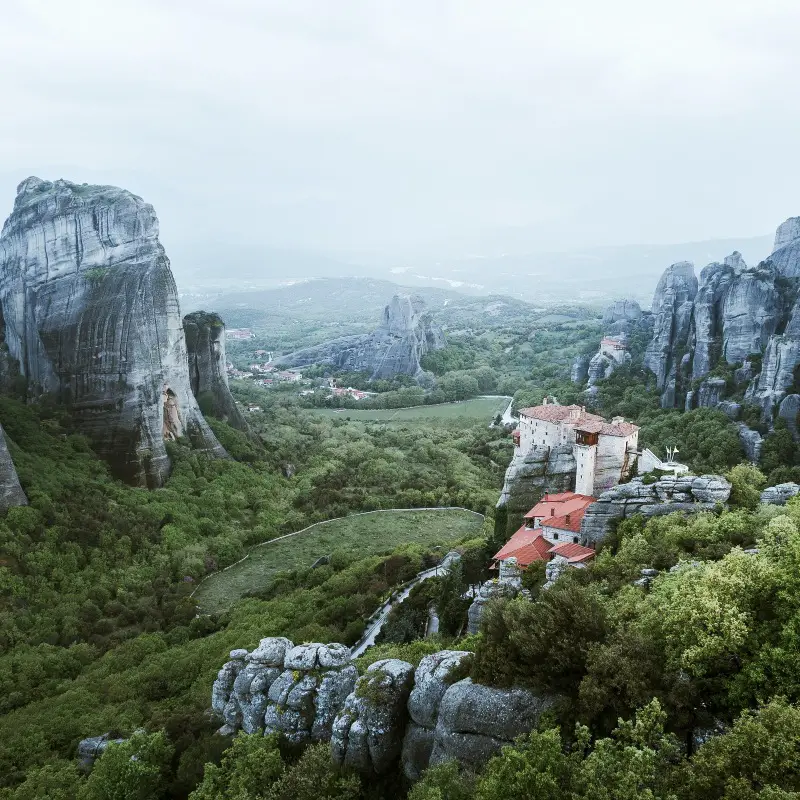
Some of the Best Hiking Adventures in Meteora
Now that you have a better understanding of what makes each monastery unique, it’s time to discuss the hiking trails surrounding them. The great thing about the paths around Meteora is that they can be enjoyed by all ages and abilities. Most follow a gentle incline of 200 – 500 meters, meaning the whole family can put on their walking shoes and partake in a good-old fashioned stroll. Even the longer distance hikes are a breeze because the breathtaking scenery encourages you every step of the way. Follow the trails taken by monks centuries ago on these epic walks:
- Kalabaka to the Monastery of the Holy Trinity: This is a popular hiking adventure in Meteora for several reasons. First of all, it starts in the town where most people book their accommodation – so you can simply walk outside your hotel and begin. Secondly, the trail remains visible and well-marked throughout and, finally, Holy Trinity is an awe-inspiring place to photograph. The hike kicks off by passing boulders and other interesting rock formations, and then takes you up 145 steps. For €3 per person you can enter the monastery, or skip it and just go for the amazing views!
- Monastery of the Holy Trinity to the Monastery of St. Stephan: Once at Holy Trinity (Agia Triada), you venture down the stairs and climb up the path situated on the other side of the monastery to reach the main road. Turn right and continue along the asphalted road to soak up the awesome scenery. Slowly but surely St. Stephan comes into view, and you definitely need to pop inside (if it’s open) because the garden and church at this monastery are stunning. It’s not uncommon to see nuns going about their daily lives here as well – an experience you will cherish forever.
- Kalabaka to Varlaam and Great Meteoron, and the Footpath of the Holy Spirit: If you don’t have a car to get close to these monasteries, you can always go from Kalabaka on this extraordinary walk. Set off from the village on a path located behind the Museum of Geological Formations, continue in the shade of the Agio Pnevma rock (along the Footpath of the Holy Spirit) and then connect back up to Varlaam. From here, it’s a short meander on the road until you reach Great Meteoron. All in all, this Meteora hiking excursion can take anywhere between three and five hours.
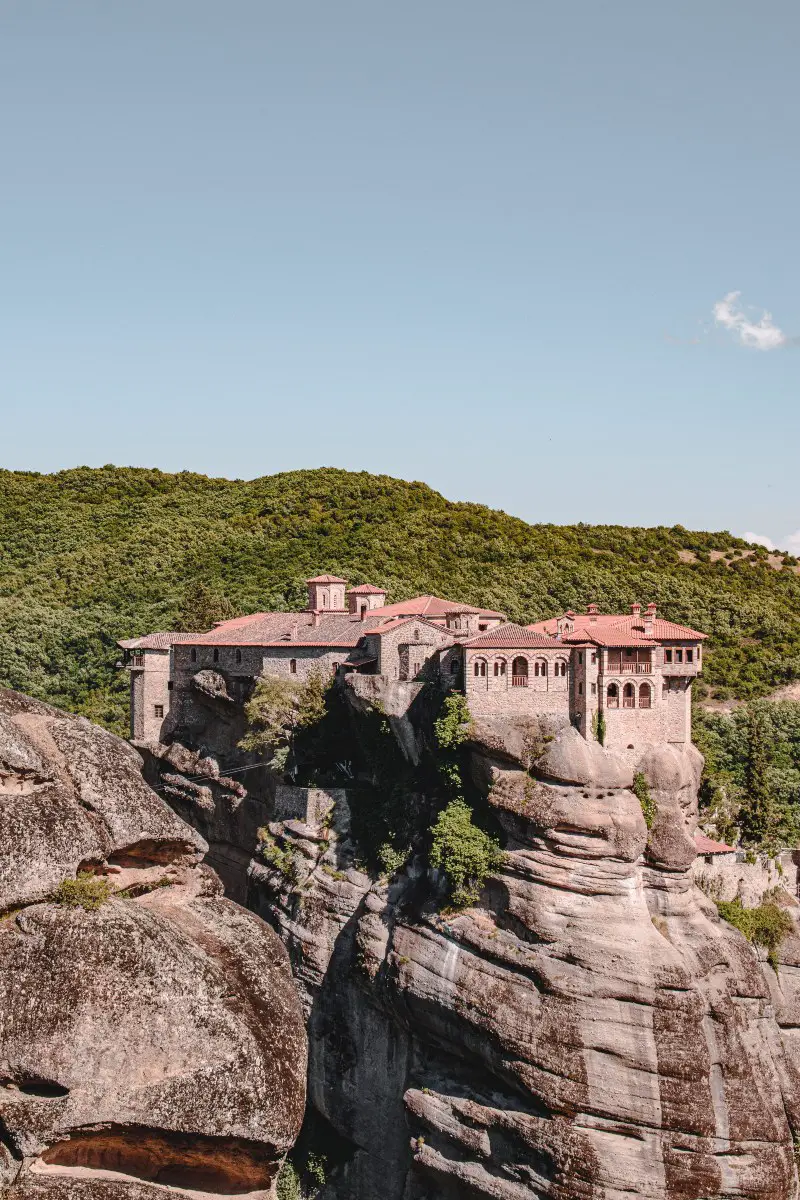
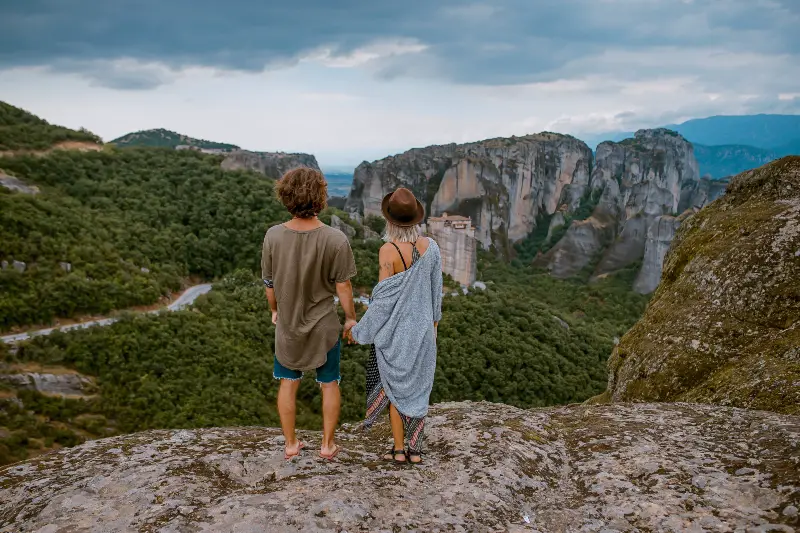
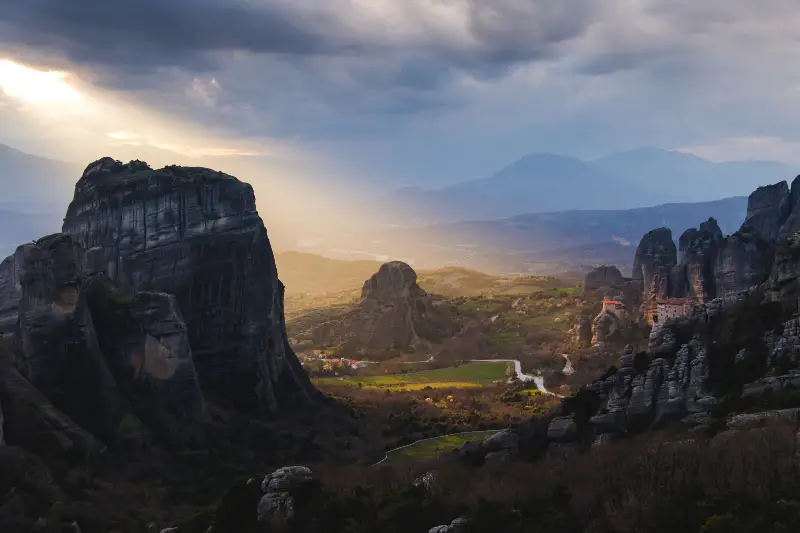
Tips for Hiking Around the Meteora Monasteries
With some of the best hiking trails in Meteora covered, it’s a good idea to finish with tips on how to walk the paths, find the best views and enter each monastery. First and foremost, wear comfortable shoes. The hiking trails to the monasteries are steep and can (at times) be slippery – especially if it has rained recently. Make sure you wear decent walking shoes or hiking boots with adequate grip. Moreover, hiking in the hot Greek sun can be dehydrating, so ensure you bring plenty of water. This goes for both the summer and winter seasons – in fact, anytime of the year.
Next, it’s recommended to start early. The roads and trails to the monasteries can get busy when visiting during peak season. Starting early in the morning helps you to avoid the crowds and the heat of the day. Also, take your time. Each staircase is its own challenge and heading up slowly is always advisable. Remember to stop to take breaks along the way for a rest and to enjoy the views. Another key piece of advice is to respect the dress code. All of the monasteries have a dress code, which requires visitors to cover their knees and shoulders. A camera is, of course, a necessity too.
Lastly, check the opening hours of the monasteries before you make any plans. This can be done online or by speaking with the right people in Meteora beforehand. There is nothing worse than putting in a massive hiking effort only to be denied entry. For those who would prefer a guided tour of the Meteora monasteries (either small group or private), be sure to get in touch with the experts at Meteora Thrones. They offer a number of unforgettable experiences in and around the monasteries – from sunset gazing on the rocks to hiking hidden gems to climbing, and more!
